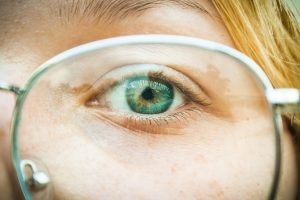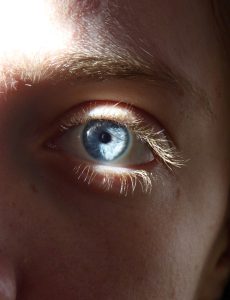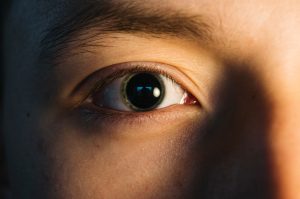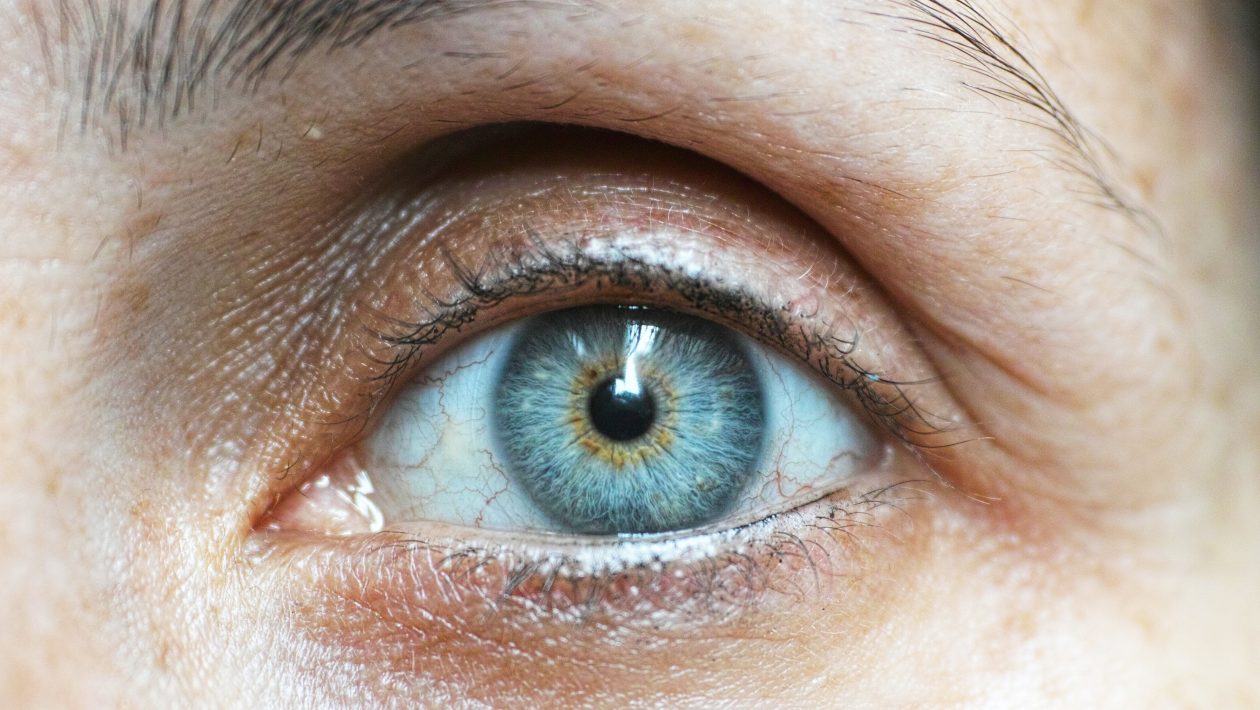Have you ever glanced in the mirror and felt that you’re aging too fast? Does your eyelids appear loose, saggy, puffy, even to the point of blocking your vision? If so, you may consider getting an eyelid surgery. But before you resort to that option, you must consider the precautions of the procedure to guarantee a safe and successful outcome.
Eyelid surgery, also known as blepharoplasty is a cosmetic treatment that can significantly improve your facial look. Over the years, it has garnered enormous popularity owing to its exceptional capacity to renew and revitalize the eye region.
But before you consider surgery, it is critical to first understand more about the procedure to be best prepared. This article will give you a detailed understanding of this process, the risks, benefits, and what to do before and after.
Table of Contents
Understanding Eyelid Surgery
The surgery addresses the issues related to your upper and lower eyelids.
As you grow old, you may have saggy eyes, bulging bags beneath the eyes, and dropping eyelids. These concerns might not only affect your self-esteem, but also, in extreme situations, impair vision.
The procedure of blepharoplasty tries to rectify these issues by removing extra skin, fat, and muscle tissue, giving you a more youthful appearance.
Depending on the regions you want to treat, there are several types of surgeries available. You can either opt for lower eyelid surgery, upper eyelid surgery, or both.
But let us first go through the procedure!

Before The Procedure
Consultation
The process of getting surgery starts with an appointment with a qualified plastic surgeon. The surgeon will analyze your specific issues and medical records in order to ensure if you’re eligible for the treatment. To obtain successful results, you must share your expectations and concerns directly with your surgeon.
Treatment Plan
After evaluating your specific needs, the surgeon will create a personalized treatment plan. This approach will address whether you require upper or lower eyelid surgery or both.
It will also take into account the degree of tissue removal as well as any extra treatments that may be necessary to obtain the desired outcomes.
Preparation Before Surgery
You will be given full instructions on how to get ready for surgery prior to the operation. This may involve discontinuing certain medications, quitting smoking, and arranging for someone to take you home following surgery.
During The Procedure
Blepharoplasty is a simple operation that is usually done under local anesthesia. Most patients are able to return home on the same day as their operation.
To give you a detailed picture of the procedure, here’s a step-by-step overview of what happens in surgery:
Before the surgery, anesthesia will be administered to make you comfortable during the procedure. This might be local anesthesia (numbing the region surrounding the eyes) or general anesthesia (putting you to sleep).
Depending on the region of surgery, your surgeon will make tiny incisions in the upper or lower eyelids. Incisions are often done in the natural creases of the eyelids, allowing them to be effectively disguised following surgery.
Following that, the surgeon will remove any extra skin, muscle, or fat. In rare situations, the surgeon may additionally adjust the muscles surrounding the eyes to give you a more attractive appearance.
In the final step, your surgeon will seal the incisions by using sutures or skin glue.

After the Procedure
The recuperation period post eyelid surgery is critical in achieving the desired outcomes. You can expect the following things:
Swelling and bruises around the eyes are normal following surgery and can last for a few days. Putting cold compress and following your doctor’s guidance can help reduce these symptoms.
Although most patients may resume work within 1-2 weeks, it may take a while to notice the astonishing results.
The actual brilliance of eyelid surgery can be seen when the swelling goes down and the scars disappear. After the surgery, patients often report enhanced vision, a more attractive look, and an increase in self-confidence.
Double Eyelid Surgery Before And After
The technique of creating a crease in the upper eyelid is known as double eyelid surgery. This procedure is extremely common in Asia, where many people are born with single eyelids.
Some of the pictures of double eyelid surgery before and after, reveals a dramatic transition that attracts many patients. There are many people who choose this technique to improve their eye shape and overall facial appearance.
There are two main techniques that you can use to achieve a double eyelid crease. One is non-incision or suture technique and the other is a full incision technique.
The suture technique involves placing a permanent fine suture within the eyelid to create the double eyelid crease. This technique can be used on patients who prefer a more natural smaller double eyelid crease.
The full incision technique involves making a full incision along the upper eyelid and removing some excess skin. Sometimes patients who undergo this surgery have something called ptosis (heaviness of the eyelid).
This condition can be resolved using special techniques. This includes tightening the levator muscle that is responsible for opening the eye. Patients who have excess skin or more heaviness to their eyelid usually opt for this technique.
Upper Eyelid Surgery Before And After
When comparing upper eyelid surgery before and after, it reveals a significant change in one’s look. People often struggle with saggy eyes which gives a worn out and heavy appearance. This can often lead to self-consciousness and discomfort, making the upper surgery crucial for you.
During this process, experienced surgeons skillfully make incisions in the natural creases of the top eyelids. In doing so, they make sure that the scars are discrete and well hidden.
Besides, tissue repositioning becomes significant when extra skin, muscle, or fat are removed to revitalize the eye region. The surgical procedure removes the bulges in the upper eyelid, giving the patient a younger and attractive look.
Many patients have shared their experiences of upper eyelid surgery before and after, emphasizing how the treatment not only improved their look but also alleviated discomfort caused by heavy eyelids.

Lower Eyelid Surgery Before And After
Lower eyelid surgery before and after pictures, shows the dramatic transformation that can be made with this remarkable technique. Most people often struggle with problems such as under-eye bags and fine wrinkles. These issues might lead to a loss of self-confidence.
Lower eyelid surgery often addresses the puffiness of the lower lids that can make you look tired or unrested. This is usually the result of fat of the lower eyelid pushing forward.
To address this issue, an incision is made inside the lower lid, removing the excess fat, allowing for an optimistic result. This procedure is called lower-lid blepharoplasty. This can sometimes be combined with laser skin resurfacing to improve crepey lower eyelid skin and rejuvenate the collagen.
The true magic happens after the treatment when patients show off their lower eyelid surgery before and after transformation. Under-eye bags are greatly reduced and fine lines become considerably less prominent. The lower eyelid seems smoother and younger, improving overall facial aesthetic.
Benefits of Eyelid Surgery
- Eyelid surgery removes excess skin or fat from the eyelids, making the eyes seem younger and more refreshed.
- Surgery also helps in removing wrinkles and fine lines around the eyes.
- In certain circumstances, surgery can enhance eyesight by correcting sagging eyelids that block the upper field of view.
- It can also alleviate discomfort posed by heavy eyelids.
- Most importantly, people who get surgery find themselves to be more confident and attractive in their looks.
Risks and Side Effects
Although eyelid surgery is a reasonably safe treatment, there are certain risks and side effects to it.
- Swelling
- Bleeding
- Infection
- Numbness
- Pain
- Eye muscle damage
- Dry eyes
- Scarring
- Itching
- Difficulty closing your eyes
- Changes in vision
- Loss of vision in rare occasions
Common Myths and Facts
Myth 1
Eyelid surgery is exclusively performed for cosmetic purposes.
Fact
Eyelid surgery can be done for both cosmetic and medicinal purposes. Medical surgery is typically employed to repair eyesight difficulties caused by drooping eyelids. Cosmetic surgery on the other hand, is employed to improve the look of the eyes.
Myth 2
Eyelid surgery is an excruciatingly painful process.
Fact
Eyelid surgery is often conducted under local anesthesia, which numbs the region surrounding the eyes while keeping the patient awake. After surgery, patients may have some discomfort, but it is typically minimal and treatable with painkillers.
Myth 3
Eyelid surgery results in noticeable scars.
Fact
Incisions for eyelid surgery are usually done in the natural creases of the eyelids, but they effectively disguised. Some patients may have visible scars in certain situations, but these are generally minor and dissolve with time.
Myth 4
Eyelid surgery is too costly.
Fact
The cost of eyelid surgery varies according to the surgeon’s experience, location, and the difficulty of the procedure. However, surgery is often seen as a very inexpensive treatment.
Myth 5
Eyelid surgery is only performed on elderly people.
Fact
Eyelid surgery can be done on individuals of all ages. It is, however, mostly performed on adults above 35 years, when indications of ageing around the eyes become more visible.
Myth 6
Eyelid surgery is a long-term fix.
Fact
Although eyelid surgery can produce long-term results, it is not a permanent cure. Over time, the natural ageing process will create changes to the eyelids. Surgery can only help in postponing the indications of ageing and give you a more youthful appearance for sometime.
How to Recover from Blepharoplasty
- If you’re considering having a blepharoplasty, here are few tips on how to recover from the procedure.
- Use cold compresses on your eyelids for the first two days to avoid swelling and inflammation.
- Since your body needs time to recover, it is critical that you receive enough rest after the surgery. Aim for at least 8 hours of sleep every night.
- Clean your eyes gently with water. Avoid using soap or any other chemicals.
- Refrain from wearing contact lenses for at least two weeks post-surgery.
- Avoid things that can cause bleeding or elevation of your blood pressure.
- Continue to take your medicines as directed by your physician.
- Avoid smoking for it causes more swelling and inflammation.
Final Thoughts
Eyelid surgery is a transforming process that provides several benefits to people wanting to reshape their eye region. Though this procedure, you can enhance both your physical look as well as your self-esteem. By meeting with a trained surgeon, expressing your expectations, and following the suggested post-operative care, you can derive amazing outcomes.
So if you are thinking about having surgery, talk to a certified plastic surgeon about your concerns. Your surgeon will be able to examine your specific needs and determine whether the surgery is appropriate for you.
FAQs
1. What is the distinction between upper and lower eyelid surgery?
Upper eyelid surgery addresses issues related to the upper eyelids such as drooping skin that can interfere with vision. Lower eyelid surgery treats issues including under eye bags and wrinkles.
2. Can I do eyelid surgery under general anesthesia?
Eyelid surgery can be performed both under local anesthesia and general anesthesia.
3. How long does it take to recuperate after eyelid surgery?
Most patients are able to resume their usual activities within 1-2 weeks. But it take several months to see the impact and find the scars go.
4. How long do the effects of blepharoplasty last?
Although blepharoplasty produces long-term effects, the aging process still continues.
5. Can surgery help people with significantly sagging upper eyelids see better?
Yes, upper eyelid surgery enhances eyesight in circumstances when the drooping upper eyelid skin obstruct the vision.

